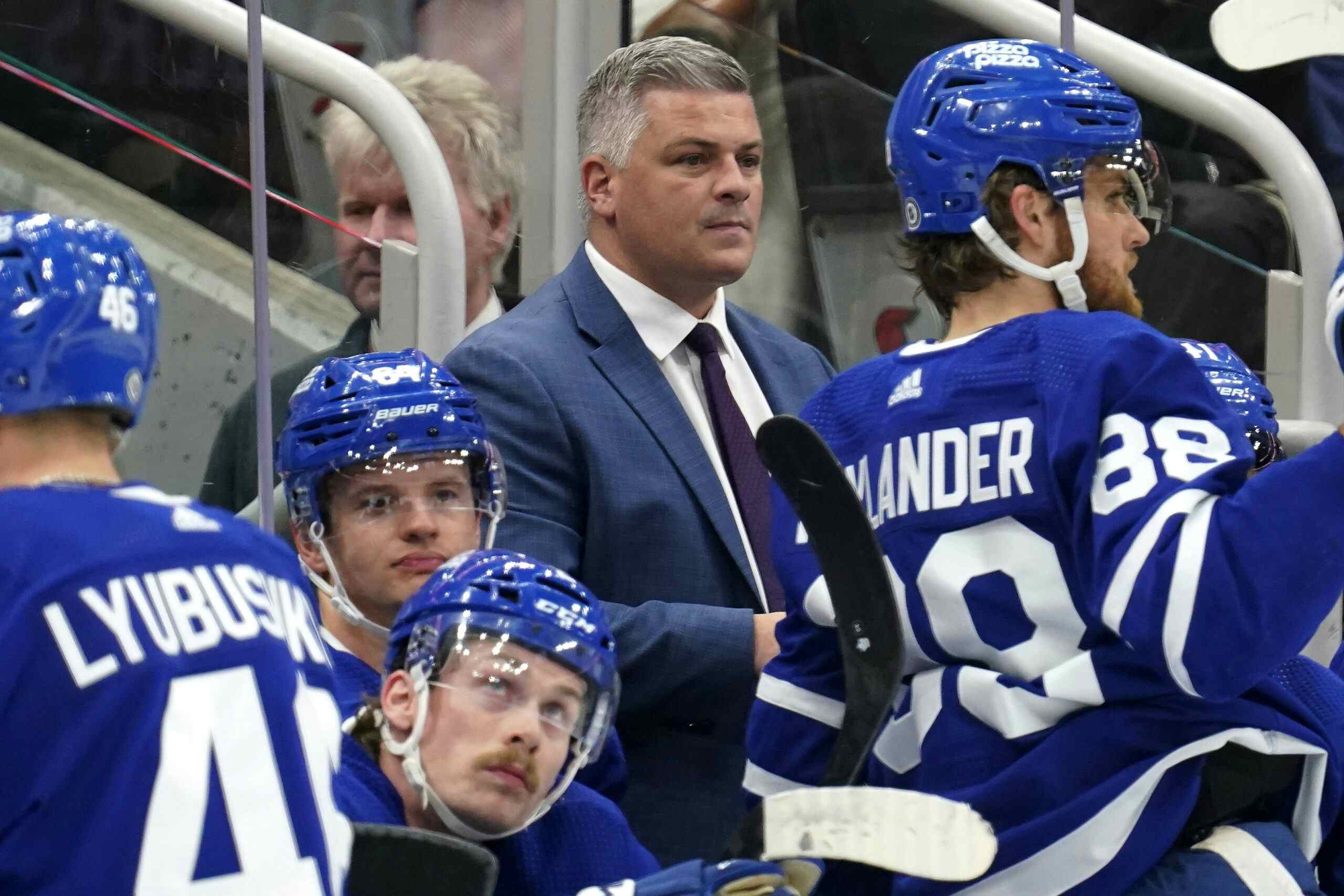The Case for Bridging Marner

By Jon Steitzer
4 years agoFolks… What can I say, this Mitch Marner fellow is something else. How about those contract demands? Amirite? Shiiiiiiiiiiiiiiiiiit.
Anyway, I’m sorry to say that we are (I am) back on our bullshit, and we’re going to look at bringing the kid back in the short term, at a reduced rate. An idea which carries both benefits, and challenges, so let’s do a good old fashioned SWOT Analysis of the idea of bridging @Mitch Marner for three years.
Strengths
- Likely to produce the best possible cap hit
- Gives the Leafs the opportunity to compensate Marner in three years when guessing potential isn’t in the equation anymore
- Presently only have 5 players under contract in 2022-23 and can plan on keeping space available to accommodate a larger cap hit.
- Blogs will have lazy summer content ideas again in three years
Weaknesses
- Eventually you’ll end up paying him or losing him
- Would be negotiating with Kapanen, Rielly, and Marner in the same off-season
- Potentially devalues Marner’s place on the team compared to other stars
- Mitch may not have enough money to buy Paul Marner the solid gold suit he has his eyes on.
Opportunities
The biggest benefit to bridging Mitch Marner is that it helps the Leafs with their cap situation when they need it most, which is in the short term under the current collective bargaining agreement. The idea that the Leafs could get Marner for close to what similar players are presently compensated for, seems like something that should be achievable no matter what, but the Leafs seemed to have backed themselves into so much of a corner that a short three year deal is the only way to achieve a reasonable market price.
That leaves the Leafs with the ability to avoid paying for the potential that may never arise, keeps Marner as a restricted free agent in the next round of negotiations, and may offer the Leafs the flexibility of pursuing one more affordable roster upgrade.
Additionally, a short term deal allows the Leafs more time to assess whether another expensive winger is critical to their long term plans, and can explore a wider range of trade options down the road without the restriction of a more expensive contract or looming no-trade clauses.
There is also the potential for an offer sheet still three years from now, which is hilarious given which league we’re talking about, but I’m choosing to mention it anyway.
Threats
Well, the fact that Marner will most definitely cost more in three years is the obvious one. The cap goes up, salaries go up, and players in the early 20s start having better numbers towards their mid 20s. Marner could very well achieve his eight figure annual payday somewhere down the road, and much like he’s on the cusp of right now, he could once again price himself out of Toronto.
Marner pushing for and successfully negotiating a $12M/yr deal three years from now would also have carryover into looming Matthews and Nylander deals as it will set a higher price. It would also hurt his long term trade eligibility, as dealing Marner 5 years from now with a few years remaining on a $10M deal would be easier than dealing him with six years on a $12M deal, some of the years which would likely include no trade or no movement clauses.
There is also the very real threat of arbitration, which would likely see Marner compensated very well for one season, and then he’d have the flexibility and leverage of unrestricted free agency the following year.
Conclusions
As far as Marner contract options go, I am firmly on Team Bridge. This has the potential to be ugly for me in the future, but at the end of the day I’m an optimist, and I’m putting a lot of stock in the new Collective Bargaining Agreement benefiting the Leafs more, and that Dubas is capable of putting together a long term vision better than most other GMs in the league. Those might be some pretty big ifs, but combined with the shorter term benefit, I’m comfortable with this. I say this as a person who generally has an aversion to long term contracts, so that’s me doing me.
As for what works for most of you, I suspect most of you aren’t as on board with this, and the Leafs having a player who could potentially hit the 100 point mark in the near future is something special that you want to lock up for as long as possible, and while I don’t fully agree with you, I hear your points loud and clear. The bridge deal potentially gets them through the immediate season which has already been largely addressed with LTIR loopholes. The second season has the potential to be a lockout year and a waste of the bridge value, and good value in year three probably isn’t enough to justify inflation beyond that. That’s reasonable thinking as well, and perhaps waiting into September to see what the NHL decides to do regarding re-opening the CBA is the deciding factor in whether or not to bridge.
At the end of the day the following things will hold true:
- We will all think it was completely unnecessary to go on this long.
- No matter what the majority of the @Toronto Maple Leafs fan base is going to say he’s overpaid beyond the individuals auditioning for spots in Paul Marner’s golf foursomes.
- He will somehow end up being paid more than ever other restricted free agent this summer bridge or no bridge.
- There were never any offer sheets discussed.
Having patience will continue to be a problem for those of us who just want to spend the rest of the days in August building out our imaginary rosters that are guaranteed to bring the Stanley Cup to Toronto, but alas, more patience is required, and it seems that waiting out a significant contract influencing event like whether or not the CBA will be re-opened is a driving force.
Recent articles from Jon Steitzer





